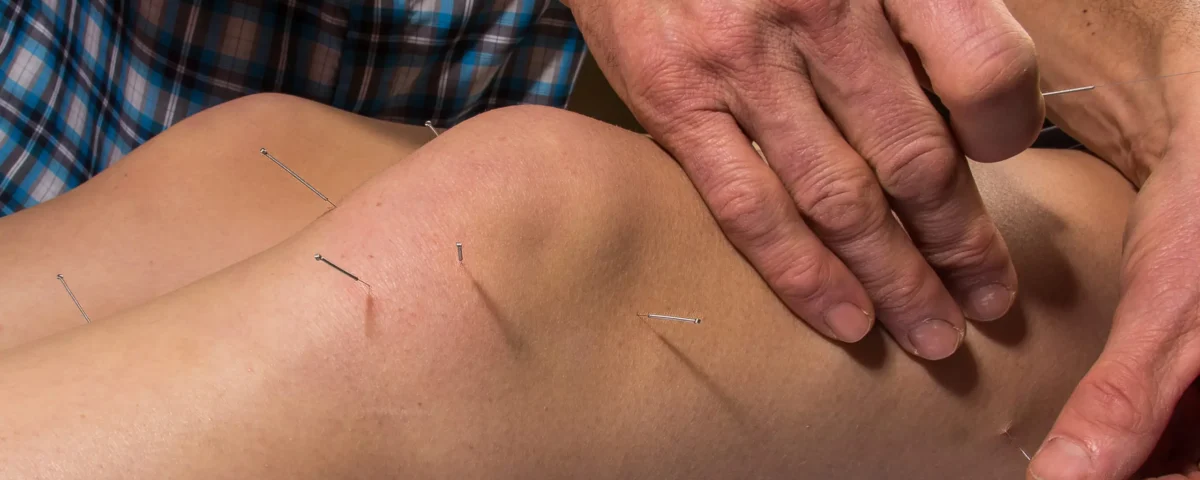
Introduction
Dry needling, often mistaken for acupuncture, is a modern treatment growing in popularity for its effectiveness in managing musculoskeletal pain. It involves the use of thin needles to stimulate the muscles’ trigger points. This comprehensive guide will delve into the intricacies of dry needling, exploring its methodology, benefits, and what patients can expect during a session.
Understanding Dry Needling
Unlike acupuncture, which is based on traditional Chinese medicine, dry needling is rooted in Western medicine principles. It’s primarily used to target myofascial trigger points—tiny knots that develop in muscles and can cause pain and discomfort.
How Dry Needling Works
Trigger Point Identification: The first step in dry needling is identifying the trigger points, often felt as tight bands within the muscle.
Needle Insertion: A thin, sterile needle is inserted into these points. The needle’s entry may cause a twitch or spasm, which is a good sign indicating the trigger point has been accurately targeted.
Muscle Release: The needle helps to release the knot and alleviate the associated muscle tension and pain.
Benefits of Dry Needling
Dry needling offers several potential benefits, such as:
Pain Relief: Effective in reducing muscular pain and discomfort.
Improved Mobility: Helps in enhancing joint mobility by releasing muscle tightness.
Accelerated Recovery: Aids in the recovery process from sports-related injuries and other muscle strains.
Conditions Treated with Dry Needling
Dry needling can be used to treat various conditions, including:
Myofascial Pain Syndrome: Characterized by chronic pain in the muscle tissues.
Tension Headaches and Migraines: Trigger point release can reduce headache intensity and frequency.
Sports-related Muscle Strains: Helps in the healing and recovery of injured muscles.
Chronic Pain Conditions: Useful in managing long-term pain issues.
The Dry Needling Procedure
During a dry needling session, patients can expect:
Safety and Hygiene: Only sterile, single-use needles are used.
Mild Discomfort: While not pain-free, the discomfort is generally minimal.
Immediate Relief: Some patients experience immediate relief after the procedure, although results can vary.
Combining Dry Needling with Other Therapies
Dry needling is often part of a broader treatment plan. It can be combined effectively with:
Physical Therapy: Complements exercises and manual therapy techniques.
Rehabilitation Programs: Can speed up recovery from injuries or surgeries.
Conclusion
Dry needling is a promising treatment option for those suffering from muscular pain and stiffness. By understanding what to expect and the potential benefits, patients can better decide if this therapy is right for them. As always, it’s essential to consult with a healthcare professional before starting any new treatment regimen.